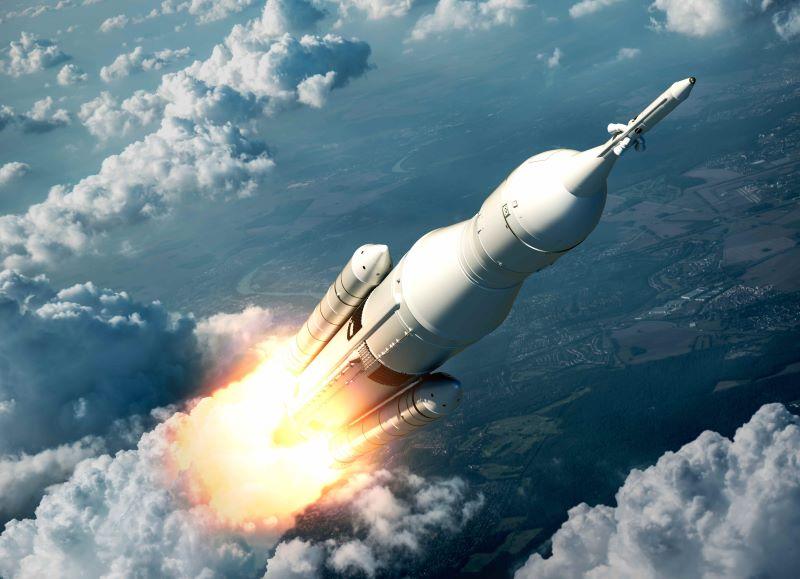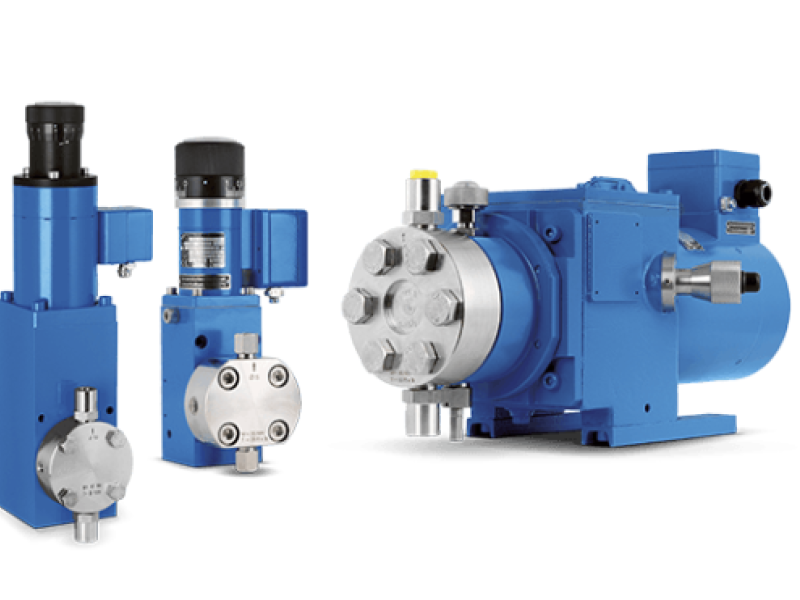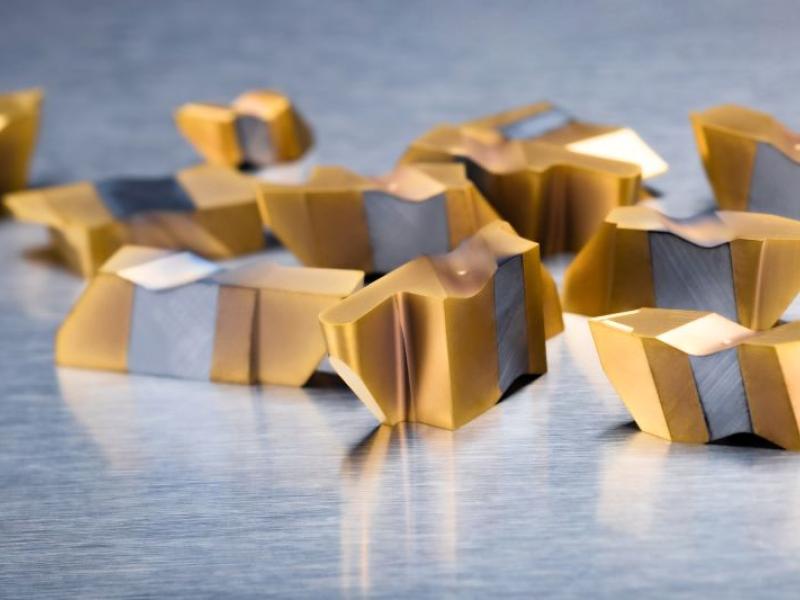A report by SAAB RBS predicts that 10 per cent of worldwide emissions could come from flying. Yet, if the aerospace industry adopts electric propulsion, this figure could remain steady at two-to-five per cent. However, electric aircraft systems present their own challenges — especially when it comes to mitigating electrical currents. Here, Chris Johnson, managing director of bearing specialist SMB Bearings, examines why industrial bearings plus right choice of lubricant will also be essential in tomorrow’s electrified aircraft systems.
SAAB RDS, a technology advisor, suggests that a significant portion of aerospace and defence is increasingly embracing electrification to reduce carbon emissions, improve efficiency and develop new technologies. This approaching shift necessitates meticulous design considerations — including ensuring the correct lubrication.
Launch vehicles, rovers, satellite constellations, and various other applications critical to human space exploration, require lubricants that can endure the rigorous operating conditions of space.
In the 1960s, Dr Robert D. Nelson of Stanford University developed the use of tungsten disulfide (WS2), an inorganic chemical compound, as a dry lubricant for NASA’s space applications, a concept later embraced by various industries. However, while WS2 offers effective lubrication, it possesses only moderate conductivity.
This limited the use of WS2 a lubricant in electronic systems and illustrates why choosing the optimal lubricant for electronics systems isn’t always straightforward. Proper lubrication is essential for maintaining reliable electrical continuity in these systems; helping to prevent wear and tear, corrosion and minimising the risk of failures.
Aircraft already rely on a wide range of electronic devices such as navigation systems, communication systems and flight control systems. These systems often involve numerous moving parts, including bearings, which require effective lubrication in order to ensure smooth operation. What’s more, any interruptions or failures in electrical continuity in critical components can lead to malfunctions or failures and pose significant safety risks.
Proper lubrication will become increasingly vital as electrified aircraft become increasingly prevalent. Indeed, the report by technology advisor SAAB RDS highlights that the global aircraft electrification market has been witnessing significant growth, growing from $4.52 billion in 2022 to $5.09 billion in 2023, a compound annual growth rate (CAGR) of 12.6 per cent.
These technologies will not only demand a reliable and robust power supply, but electrical currents must also be avoided as they can silently disrupt the normal operation of the machinery, potentially leading to malfunctions, failures or other undesirable outcomes.
Mitigating currents
"Electrical currents" refers to the flow of electric charge within the equipment or machinery. These currents can be induced by various factors such as electromagnetic interference (EMI), static electricity buildup, and electrical arcing. EMI, originating from sources like onboard electronics, radiofrequency signals, or external environmental factors, can propagate through materials. In instances of inadequate insulation or grounding, these currents may arc across lubricants, generating heat and accelerating bearing failure.
In aerospace applications, the consequences of these failures can jeopardise lives in worst case scenarios. Therefore, addressing electrical conductivity issues is crucial for ensuring the reliability and durability of aerospace machinery and equipment. Bearings, plus the right lubricant, play a crucial role.
Creating pathways
Let’s consider an example of electrical currents. If these currents pass through steel bearings lubricated with non-conductive greases, the stage is set for a series of detrimental effects. Not only is there a risk to the electronic system itself, but overheating can affect the metal surfaces of the bearing, causing welding between the surfaces.
As a solution, engineers can maintain electrical continuity by establishing pathways for electrical currents between components, to prevent voltage buildup and electrical charges. This reduces the risk of arcing and potential damage to sensitive electronic components. But how is it possible to create these pathways?
This is where lubricants come into play. One approach involves the use of specialised conductive greases, which facilitates easy passage of current through the bearing, preventing voltage buildup and subsequent heat accumulation.
The significance of conductive lubrication cannot be overstated, particularly in industries where reliability and performance are critical, like aerospace. Standard lubricants, while effective in reducing friction and wear, fall short when confronted with the electrical currents inherent, or needed in machinery.
Let’s look a more extreme application where electrified systems are becoming more prevalent: space travel. Proper lubrication will also be essential to ensuring the uninterrupted electrification of tomorrow’s space exploration equipment. Indeed, StartUs lists electric propulsion systems, which use electrical energy to accelerate propellant at high speeds among its Top 10 Space Industry Trends & Innovations in 2024.
Lubrication for space travel comes another set of challenges; as it must perform when exposed to extremely low ambient pressure, extreme temperatures, radiation and contamination by vapours. Factors to consider in space include temperature range, component life, wear and load capacity and outgassing.
Various conductive greases are available, including some Perfluoropolyether (PFPE) based greases, capable of withstanding temperature ranging from minus 90 degrees Celsius to 250 degrees Celsius.
Reducing emissions
Other approaches to mitigating electrical currents relate to the bearing itself, any by preventing current from passing through the bearing altogether. This can be achieved by grounding the shaft or using non-conductive materials such as ceramic bearings or ceramic rings and balls. Removing the current from the bearing eliminates issues related to voltage buildup and electrical discharge damage. The decision to divert the current, or prevent it completely, depends on the electrical system.
Whatever their chosen approach to mitigating electrical currents in aircraft systems, it’s essential for engineers to make informed decisions in their choice of industrial bearings and lubrication. In doing so, they can also help reduce emissions in aircraft, keeping them steady as outlined in SAAB RBS’s report, and create a more sustainable future for aerospace.






